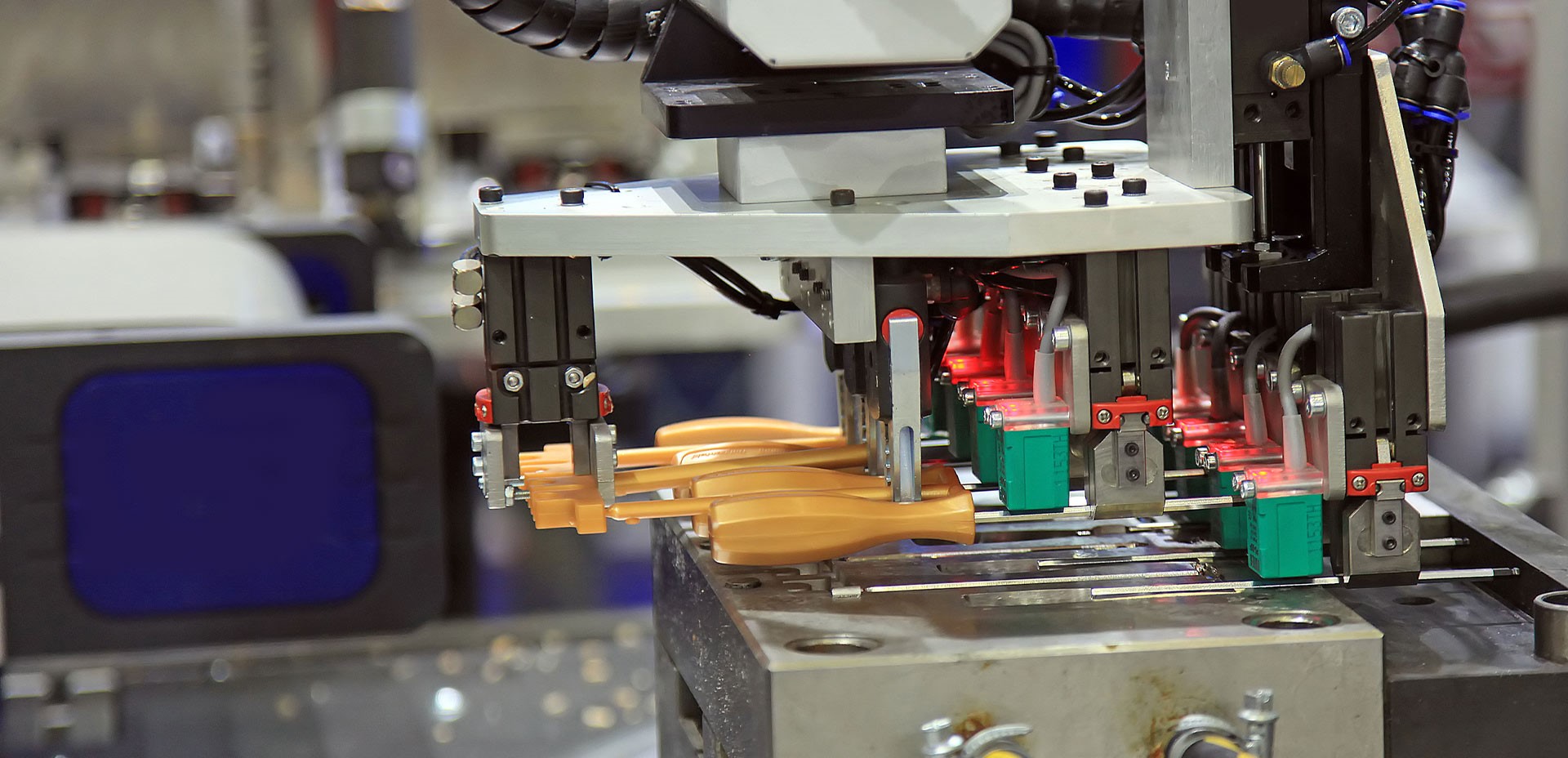In the field of manufacturing, injection moulding is a crucial procedure for creating intricate and accurate plastic parts. The introduction of Computer-Aided Design (CAD) technology and 3D printing has greatly improved this process's accuracy and efficiency. The following five main points illustrate how important CAD is to injection moulding.

Precision and Accuracy in Design
Manual drafting was a common step in traditional mould design processes, which were labour-intensive and prone to human errors. On the other hand, designers can produce extremely precise and detailed 3D models of moulds using CAD software. Every dimension and feature of the injection mould in China can be exactly determined with the simplicity of manipulation and refinement of these digital models. This precision is essential to guarantee that the finished product satisfies the necessary requirements and functions as planned.
Enhanced Visualisation and Simulation
Before a physical mould is made, CAD offers powerful tools for stimulating and visualising the injection moulding process. Designers can anticipate how the molten plastic will flow into the mould, cool, and solidify using CAD software. With this, potential problems that could lower the quality of the finished product, like air traps, weld lines, and sink marks, are identified. Moreover, manufacturers can avoid wasting time and money on trial and error in the real world by tackling these issues early in the design process.
Improved Collaboration
To ensure that everyone agrees with the design specs and requirements, CAD models are easily shared and reviewed by designers, engineers, and clients. This cooperative approach lowers the possibility of miscommunication and last-minute design modifications. Furthermore, CAD files are simple to edit and modify, enabling rapid iterations and improvements in response to input from various team members.
Optimisation of Material Usage and Cost Efficiency
Through the use of CAD, designers may maximise material utilisation during the injection moulding process. To reduce waste and guarantee consistent material distribution, designers might modify the mould geometry by modelling the flow of plastic within the mould. This improvement results in a more economical and environmentally friendly usage of materials. Furthermore, stress analysis using CAD software can be used to forecast the behaviour of both the injected parts and the mould under different circumstances, hence increasing the mould's dependability and longevity.
Streamlined Production and Reduced Time-to-Market
The precise and thorough CAD models guarantee a smooth transition from design to manufacturing by acting as a template for CNC machines that make actual moulds. Because of this automation, the lead time for mould manufacture is shortened, resulting in faster turnaround times and a shorter time to market for new goods. Rapid design modifications and simulation capabilities can shorten the development cycle, allowing producers to react quickly to client and market demands.
As it improves the accuracy, productivity, and teamwork required in injection mould design and production, computer-aided design, or CAD, has completely transformed the industry. Modern injection moulding relies heavily on computer-aided design (CAD) for a variety of reasons. The integration of computer-aided design (CAD) with sophisticated production processes enhances the capabilities and efficiency of this crucial manufacturing process as technology progresses.